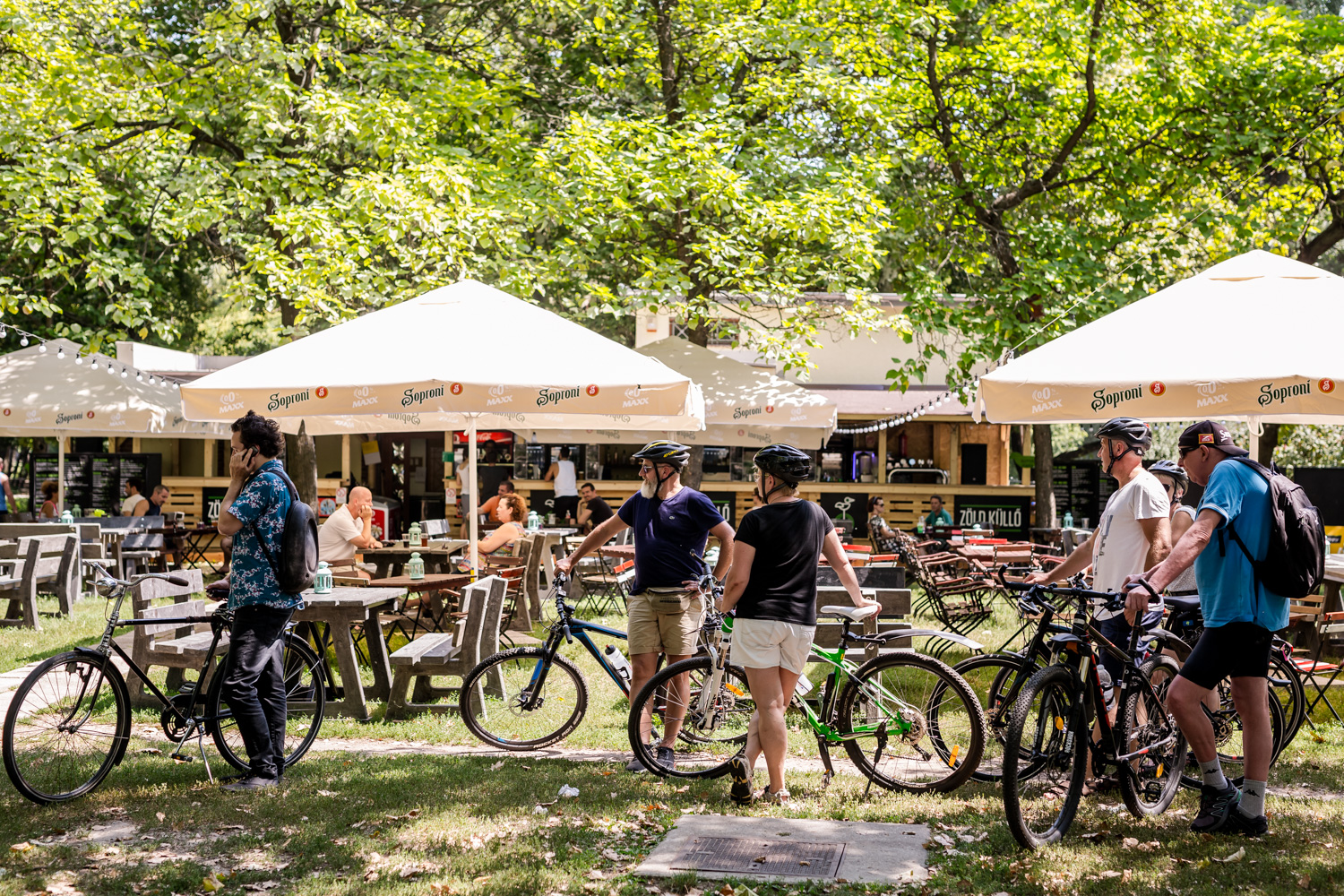Budapest’s sprawling Városliget (City Park) attracts generations of locals seeking green space and tranquillity, but these attractions are partly on hold as the massive Liget project is underway to completely renovate these historic recreation grounds. Although elements of this major gentrification scheme are controversial, almost everyone agrees that thorough parkland revitalisation is long overdue – and even during current reconstruction works, this urban oasis features both renewed and undeveloped areas that can still be enjoyed, especially in summer.
The scope of Budapest’s ongoing Liget project is huge, with far-reaching impacts. Beyond renovating the green areas and recreational facilities of City Park’s entire square kilometre of open space – one of the world’s first metropolitan parklands, used as a recreational area since the Middle Ages – the Liget plans include constructing three architecturally avant-garde grand-scale buildings so that Hungary’s Museum of Ethnography and the National Gallery can be relocated here, concurrently with the establishment of a new House of Hungarian Music.

The central road passing through City Park, Kós Károly sétány, will be transformed into a lengthy pedestrian zone, which may create a pleasant site for evening strolls but severs a main traffic artery between central Budapest and Hungary’s busy M3 motorway. Three multi-storey underground parking garages are also being installed under Városliget to mitigate the impact of the park’s new museums and refurbished attractions, which may potentially draw many more cars as this famously laid-back recreation space is transformed into a hub for cosmopolitan culture.
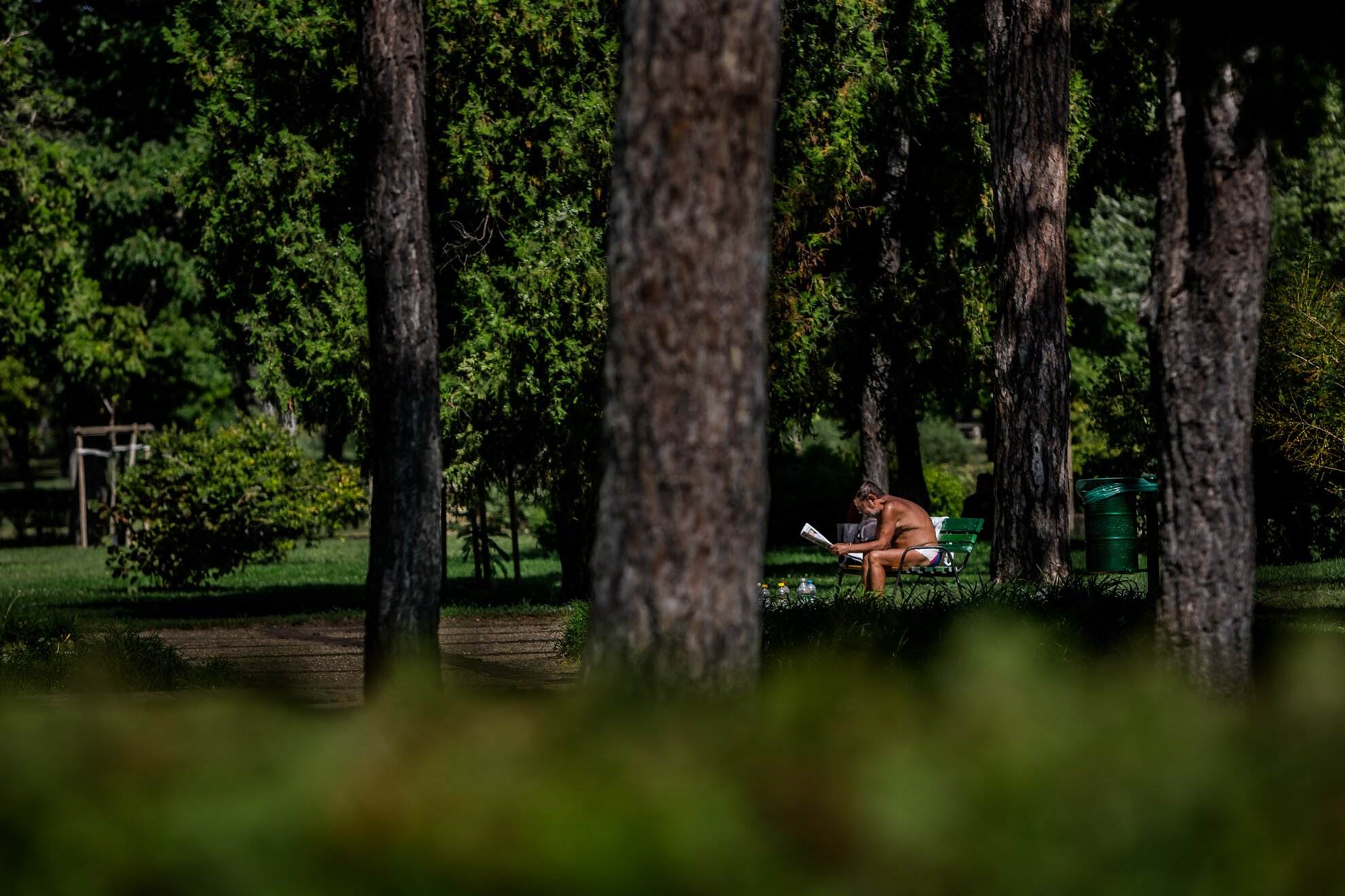
Liget-related works began in 2016, and some phases of the plan are already complete, but the renovation process is expected to continue through 2020 or later. This summer, huge swathes of public parkland are off-limits while diverse construction projects proceed behind lengthy fences and plywood walls. Nonetheless, many major attractions of City Park remain open and unaffected by current Liget renovation efforts, such as Budapest’s iconic Heroes’ Square and the adjacent Műcsarnok exhibition hall. The nearby Museum of Fine Arts remains closed because of an ongoing renovation that began here in 2015 and is expected to conclude this autumn, with a reopening date of October 31st.
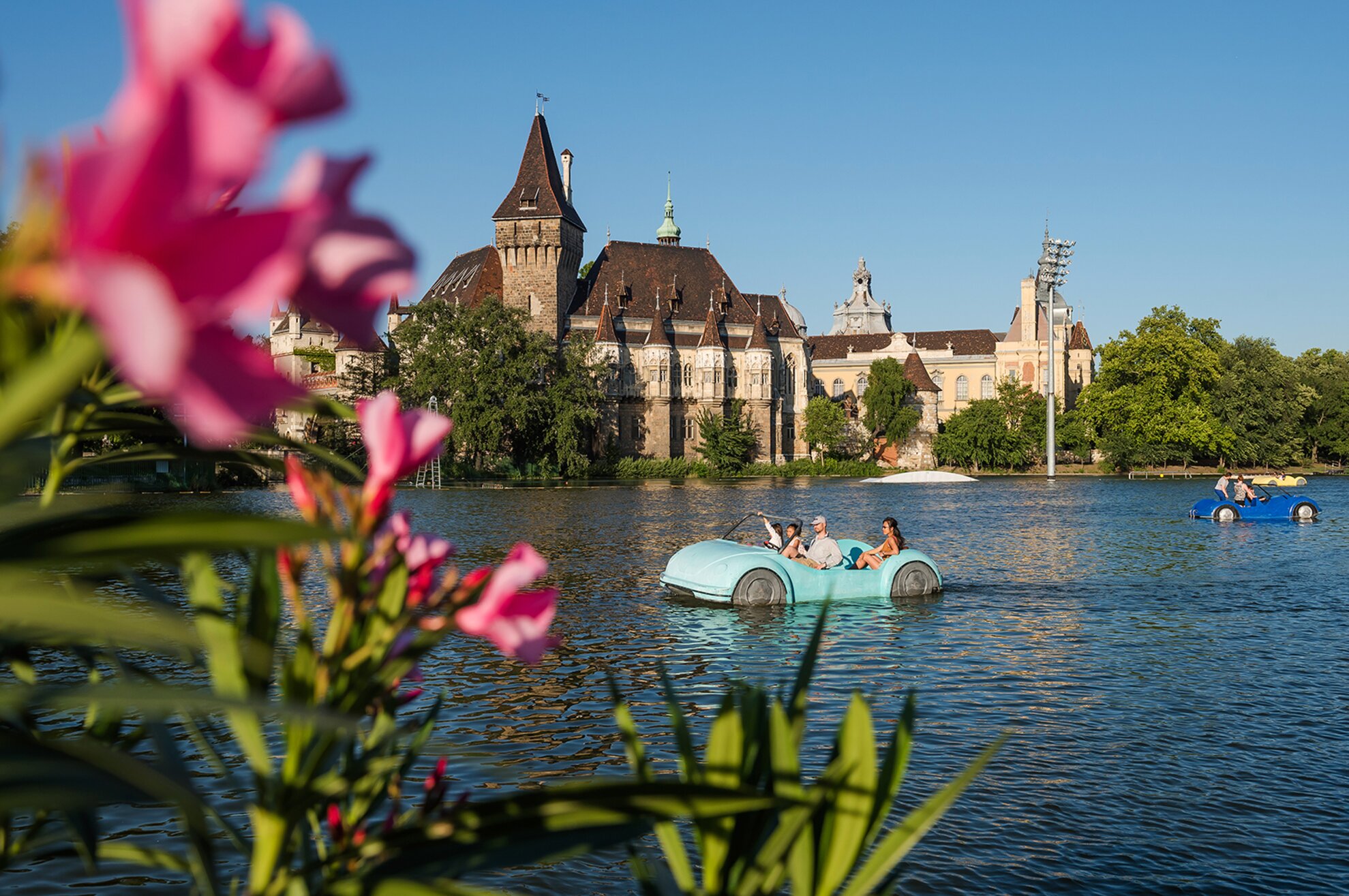
Many other primary attractions of City Park’s north-western half are fully operational this summer, including Budapest Zoo (which is under expansion – more on that later – but which remains open during the Liget works), the Capital Circus and the Széchenyi Baths. There is no current interruption to service at the parkland’s most sophisticated restaurants: the 120-year-old Gundel, modern-styled Robinson and the Városliget Café housed within the restored neo-Baroque building beside City Park Lake, which serves as Europe’s biggest outdoor ice-skating rink in winter. This summer, visitors can still rent rowboats or paddleboats and drift about on City Park Lake with a backdrop of Vajdahunyad Castle, also unaffected by Liget works for the time being, and welcoming everyone to its intriguing Museum of Agriculture and the open-air concerts of Vajdahunyad Castle Summer Music Festival 2018.
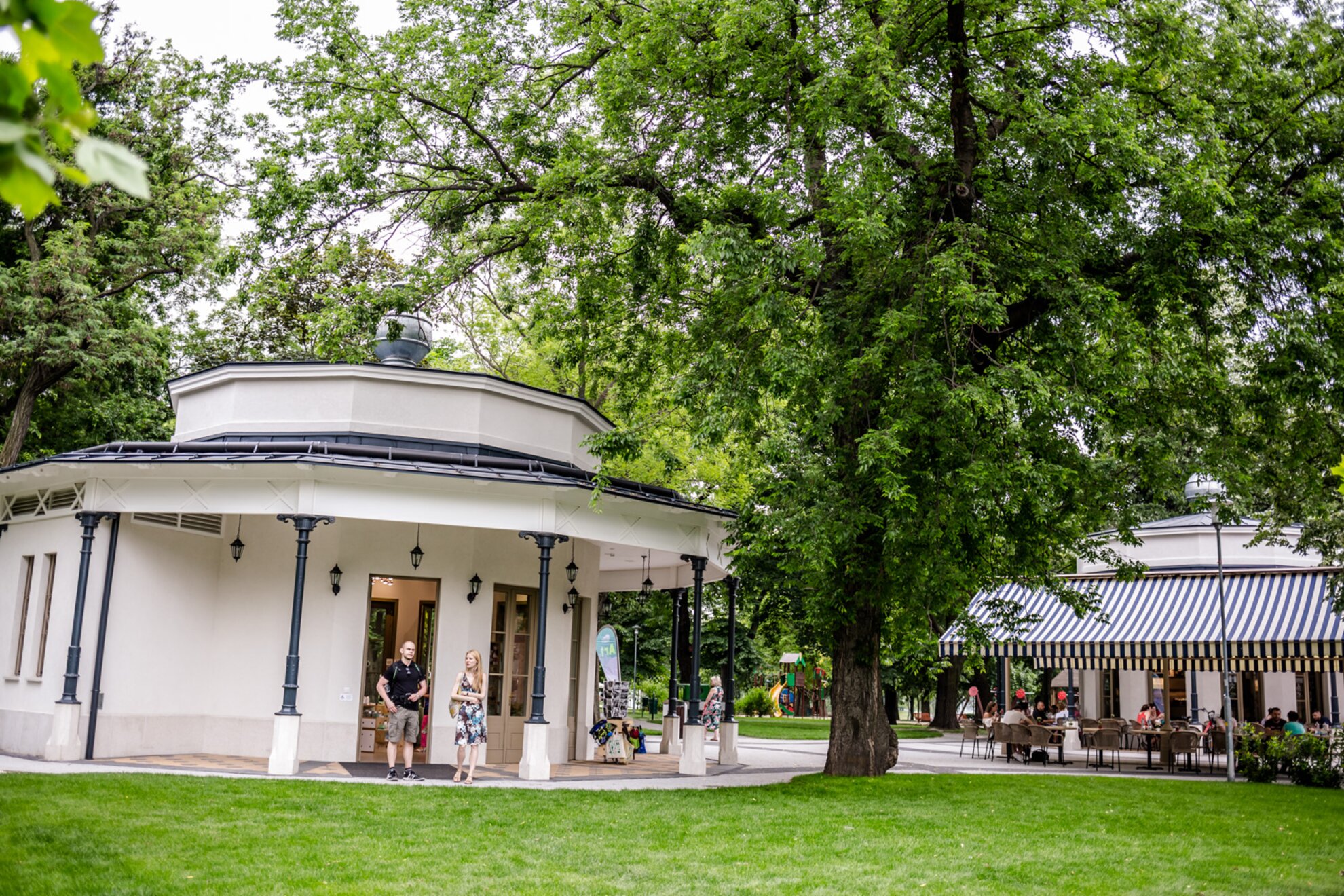
Some of the Liget improvements that are now complete can also be found in this north-western portion of City Park. Across the street from the zoo, a new cluster of pavilions built according to 150-year old blueprints offers classic Hungarian snacks such as chimney cake and lángos fried-dough delights, and a nearby playground is completely modernised and welcoming for families.
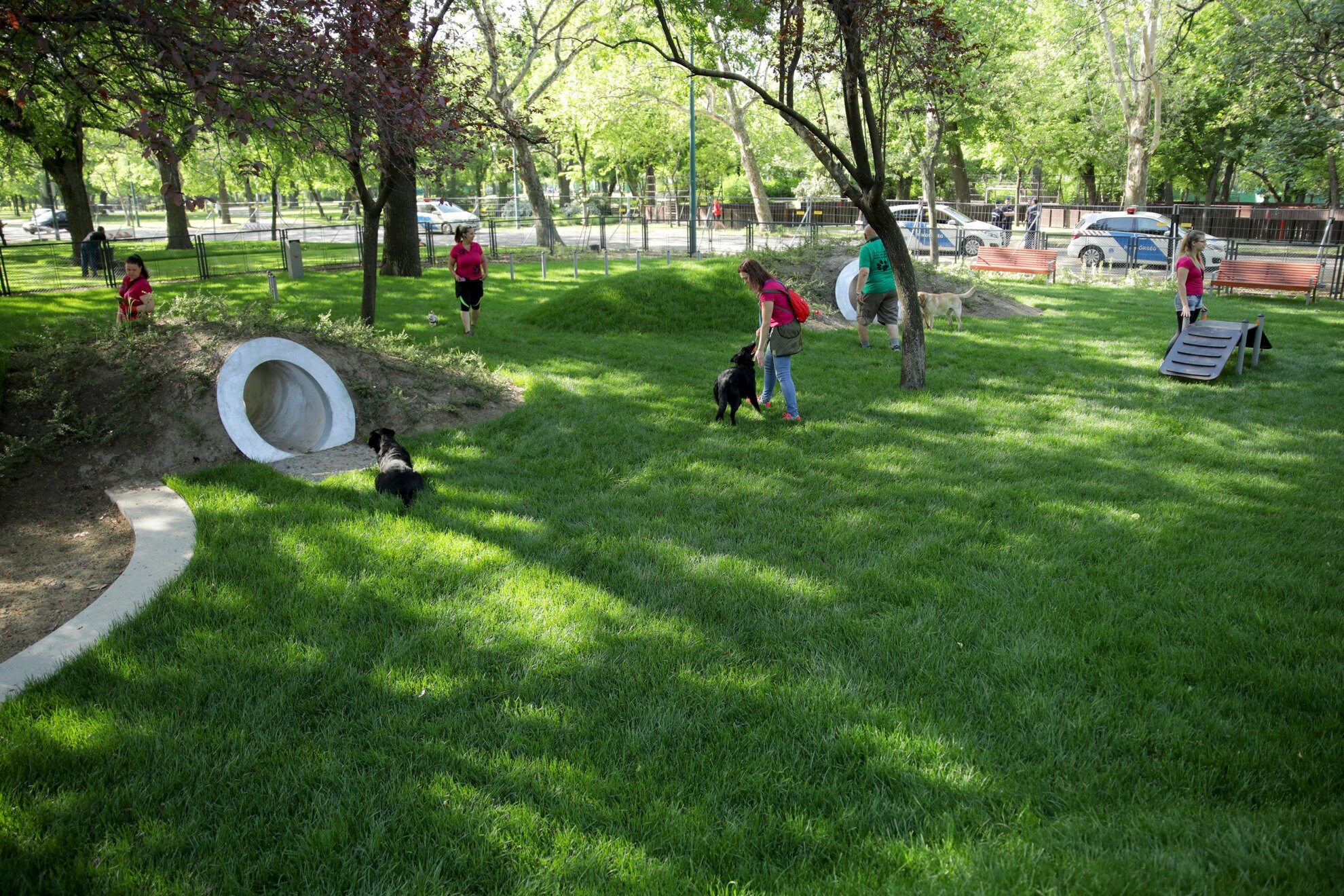
Another completed Liget-project improvement is the installation of a spacious playground for dogs in a more central segment of Városliget, which features canine-training equipment, tiny tunnels for four-legged friends to run through and dog-bathing facilities. This well-manicured interspecies playground provides a spacious new City Park attraction for dog owners, but the fact that it’s completely fenced in begs the question of whether or not dogs will be allowed elsewhere within Városliget after the other Liget renovations are concluded.
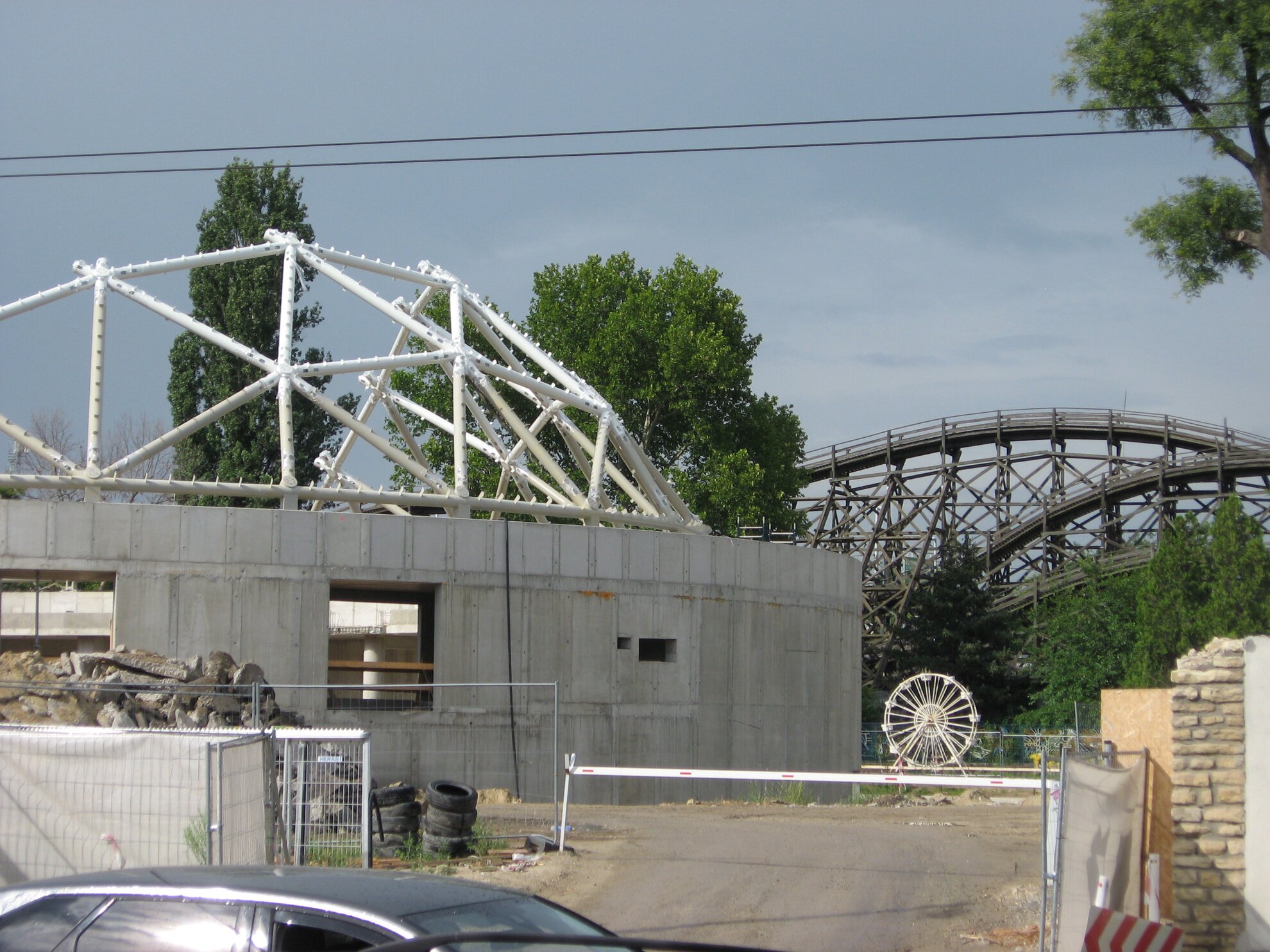
The only major Liget-related construction work going on in the northern half of City Park is the erection of a huge bio-dome and other new facilities for the Budapest Zoo expansion, being built on the former territory of the sadly defunct Vidampark funfair. In May, the zoo opened its new family-friendly Once Upon a Time Castle section in this area, but it appears that a lot of work remains before this contemporary animal enclosure will be ready for visitors. This new zoo zone will also include a couple of historic rides from the amusement park such as the wooden roller coaster dating back to the 1920s – although it appears that the miniature Ferris wheel that once spun above the main Vidampark entrance is just sitting idly amid the construction grounds, its fate quite uncertain.
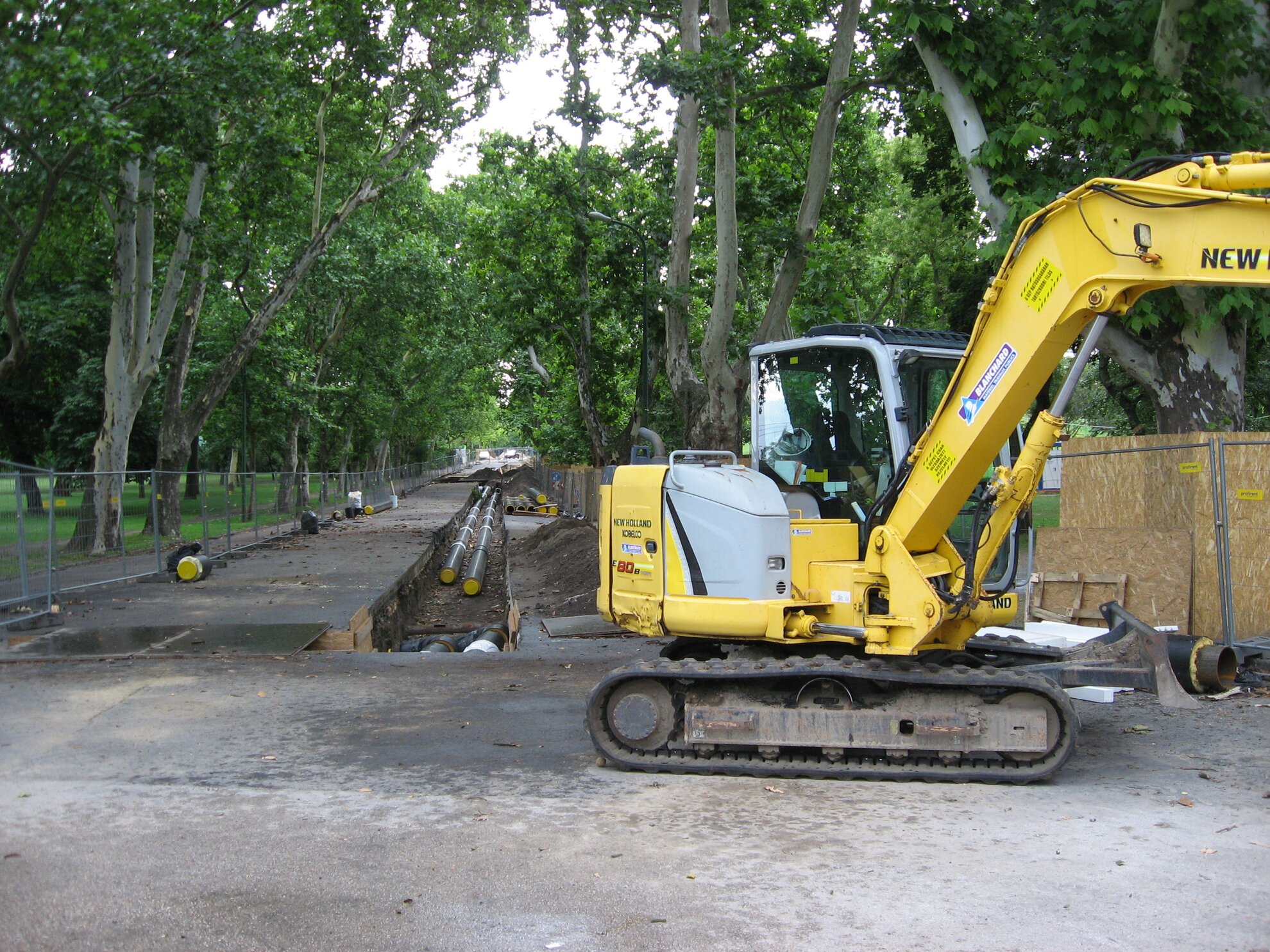
Most of the current eyesores caused by Liget reconstruction efforts are in City Park’s southern segments. Almost the entire swathe of land along Dózsa György út between the Műcsarnok and the busy corner with Ajtósi Dürer sor has been completely excavated storeys deep for foundations of the new (mostly subterranean) Museum of Ethnography, a reborn Városliget Theatre and one of the underground parking complexes. This gigantic trench physically divides downtown Pest from its biggest parkland like a moat, making the green spaces beyond seem forbidding, and leaving the area’s massive 1956 Revolution monument perched on the precipice of this manmade canyon.
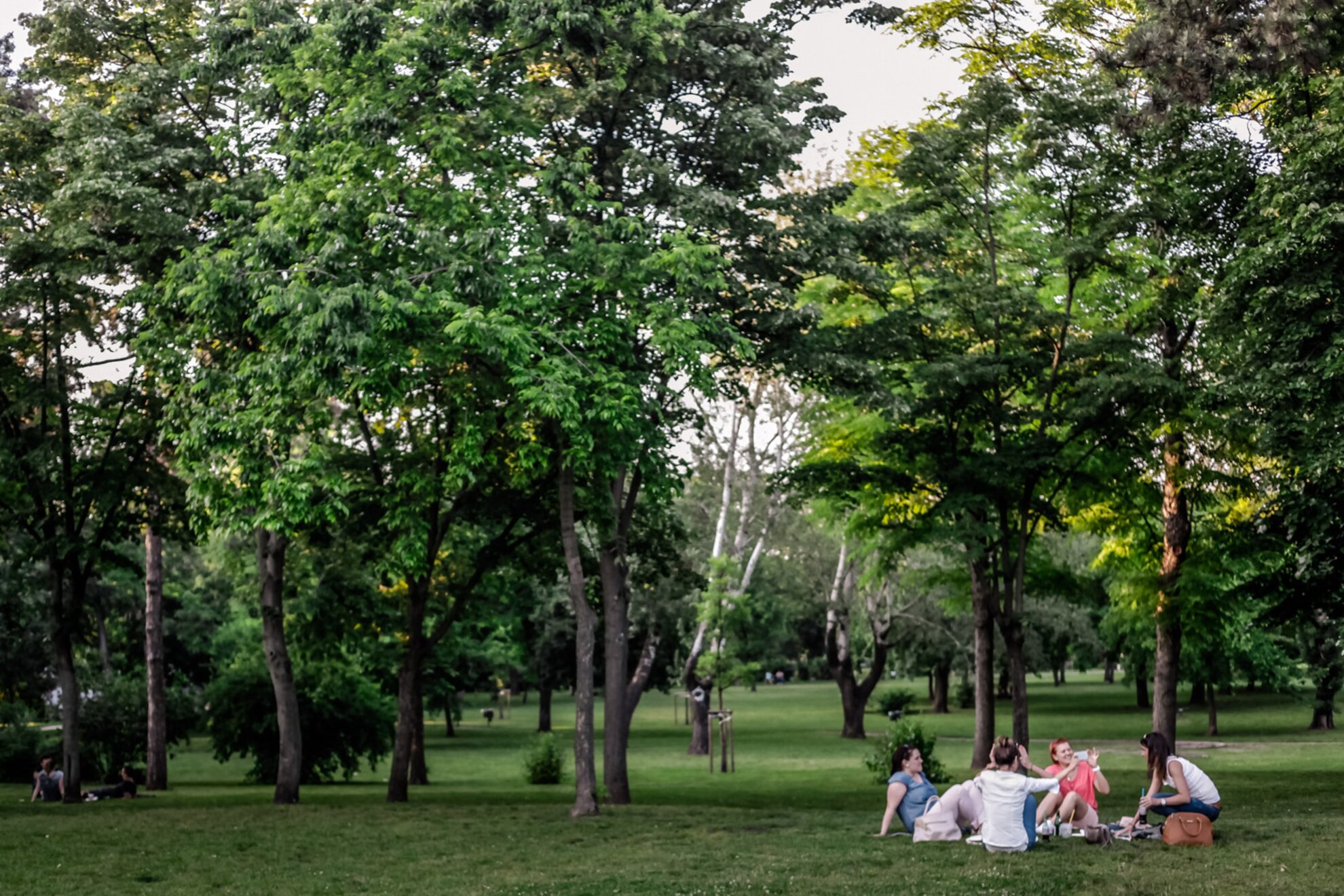
Crossing this unnatural barrier is still easily done on trolleybus 70 from central Districts VI and VII, over the excavations on Dvořák sétány, which now serves as a two-lane land bridge. On the other side, visitors will soon find wide-open spaces with plenty of room for setting up a picnic party under shady trees, albeit with the likely backdrop of temporary fencing, dirt mounds and yellow earthmovers.
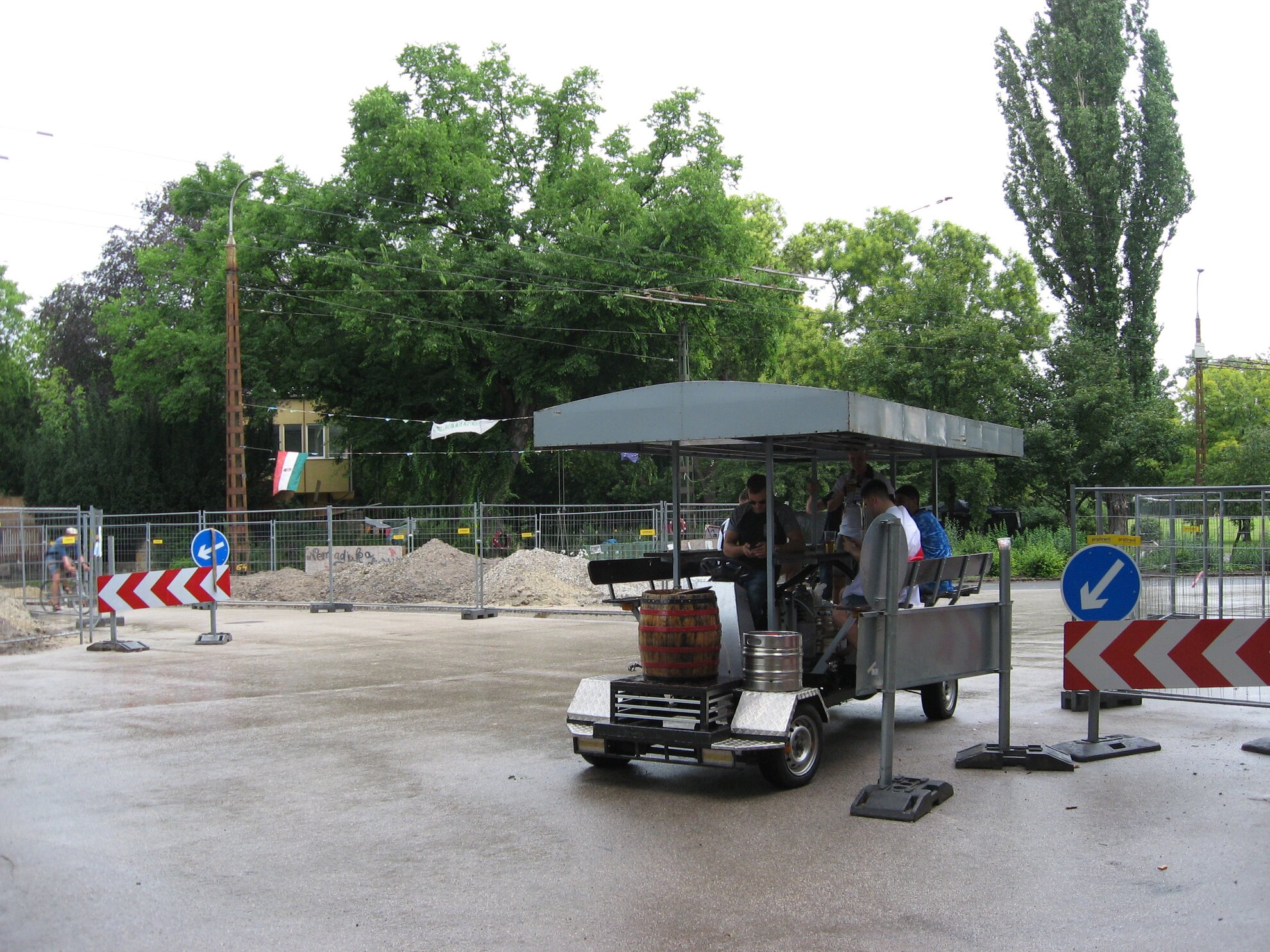
Furthermore, after downtown districts banned beer bikes from operating in the city centre, most of the companies that provide this popular stag-party service now host their sozzled excursions along City Park’s largely unused paved roads of this dug-up domain… so if you visit central Városliget this summer, expect to hear boozy bros singing off-key at the top of their lungs while pedalling their way between the open spaces.
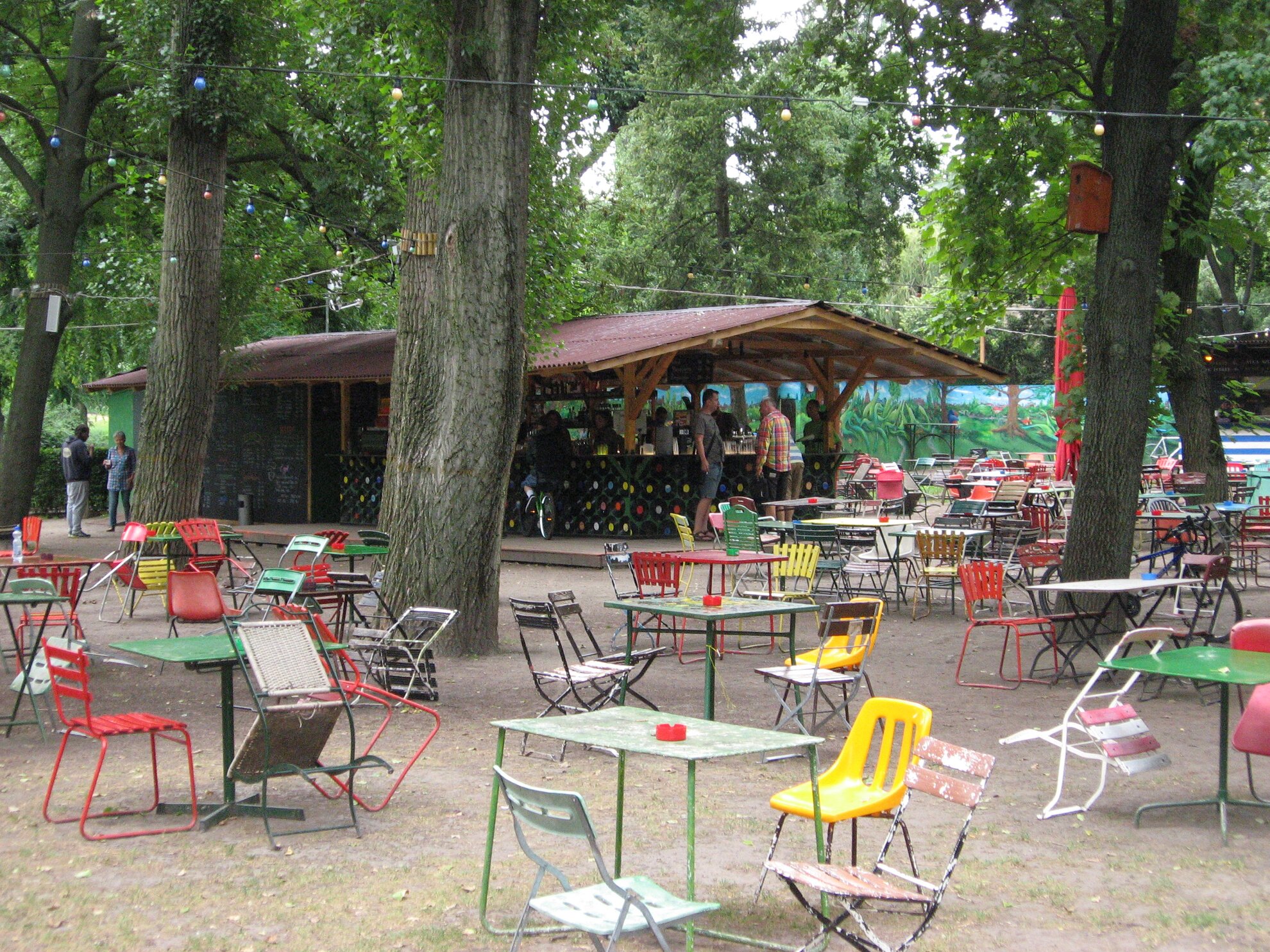
One relatively bright spot of central City Park is the newest incarnation of Kertem, a popular summer beer garden that was forced out of its original location in an old campground-style facility near Vajdahunyad Castle when Liget construction began. Kertem moved to the area surrounding City Park’s ornate Olof Palme House in 2016. Now that building is being renovated to become the centrepiece of a new rose garden, so Kertem is occupying an open field with a look and feel of an open-air festival hangout, still inviting hipsters seeking an escape from the concrete jungle while listening to live music and munching on Balkan burgers.
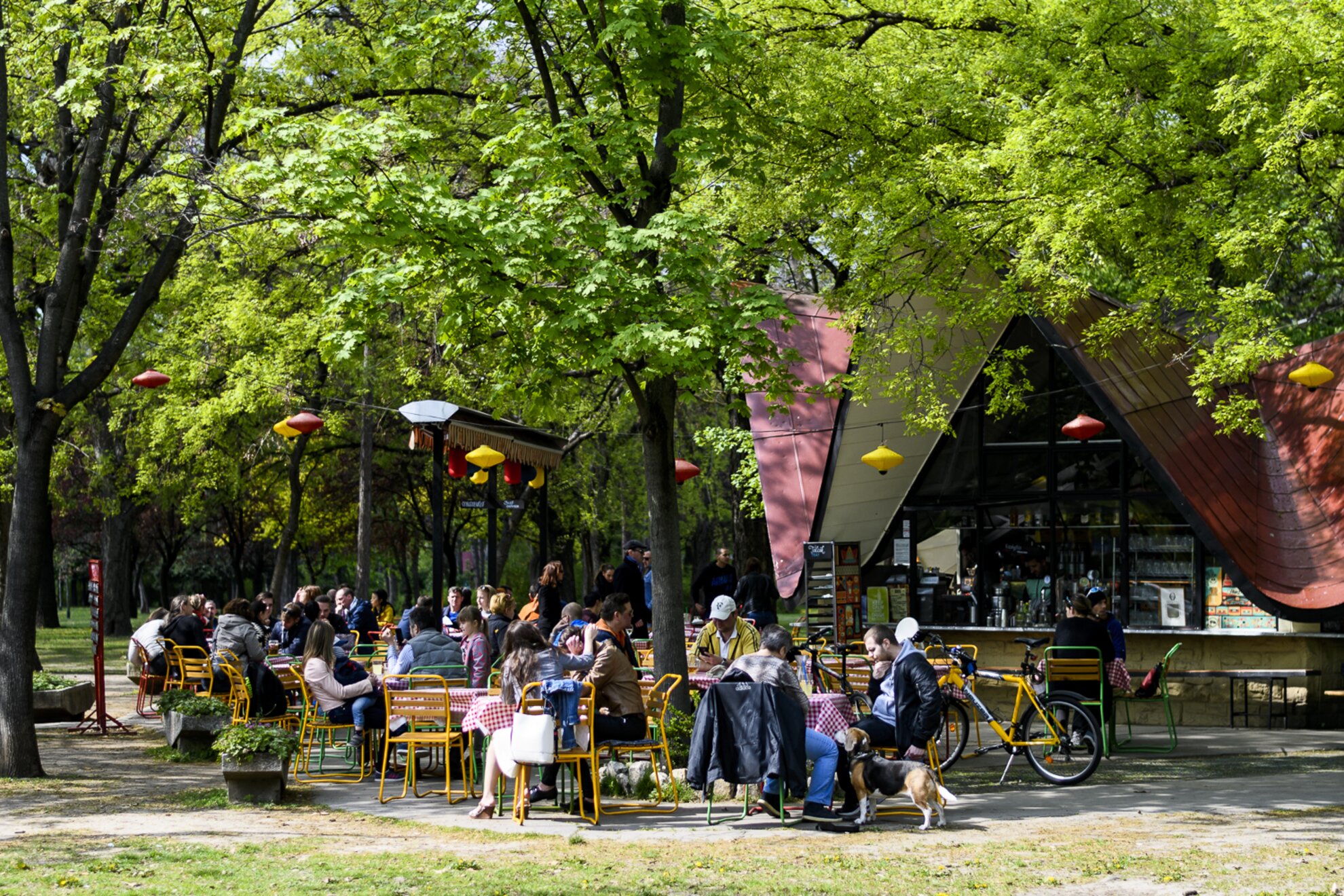
Other eateries in central City Park that are open this summer include Pántlika – a well-preserved Communist-era burger joint centred on a charmingly retro red-roofed snack bar – and the minimalistic Zöld Küllő hangout that opened last summer by Vajdahunyad Castle, serving fried fish, grilled flatbread sandwiches, mixed salads – and more burgers.
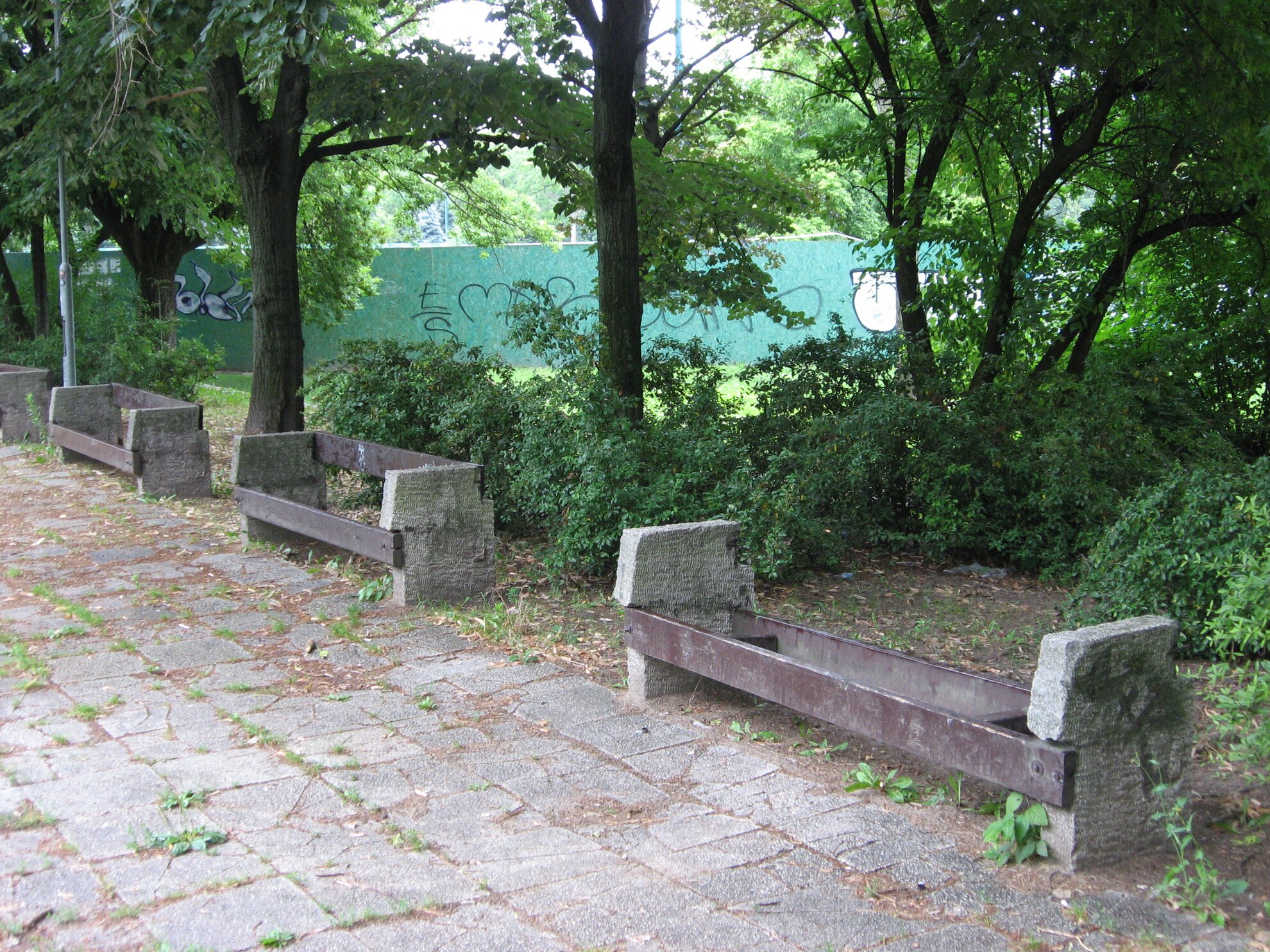
However, the remainder of City Park remains largely unapproachable for now, either because of other reconstruction works (including the total refurbishment of the Museum of Science, Technology and Transport), or because of the extreme dilapidation that brought about the Liget project in the first place.
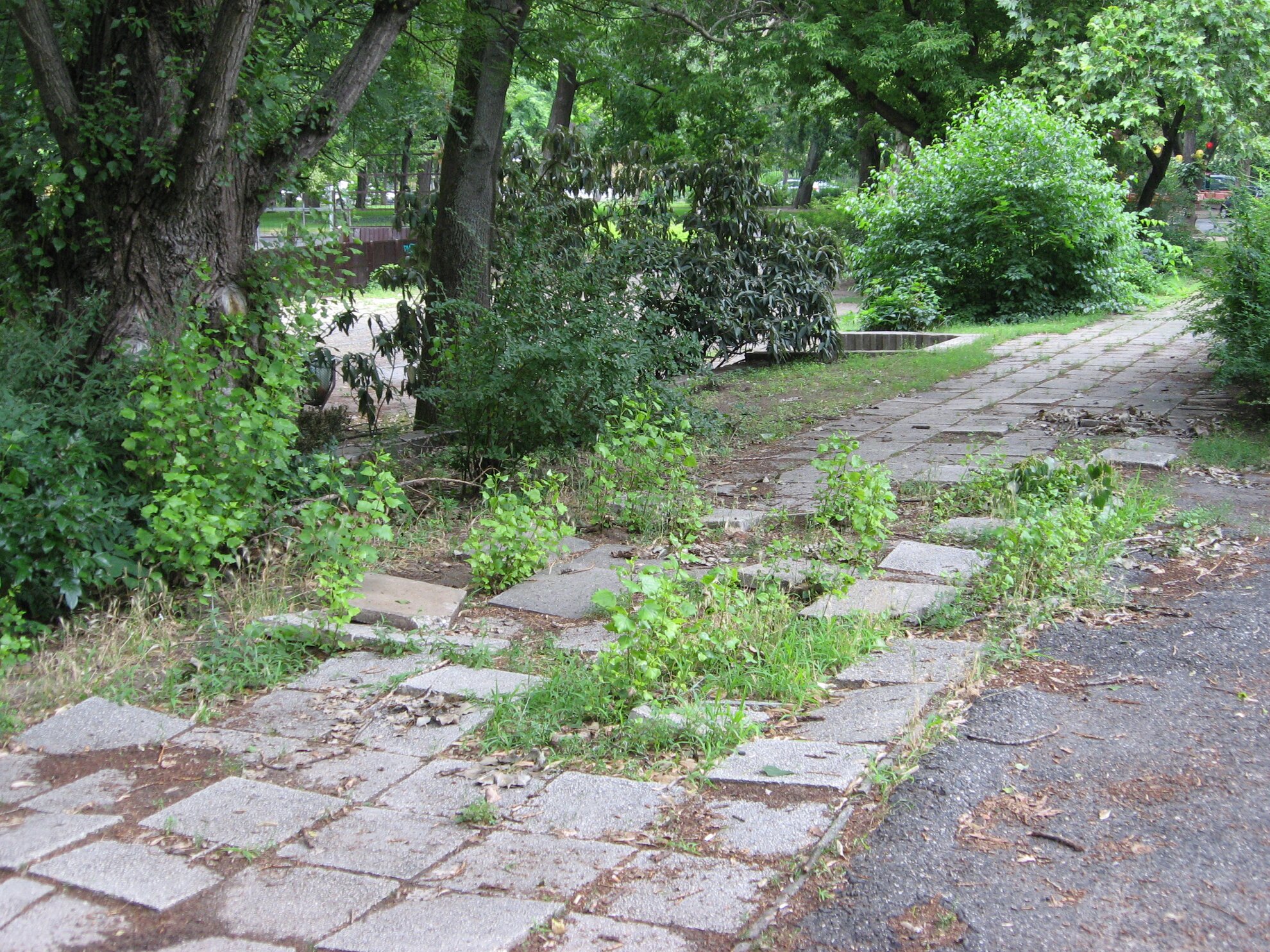
Quite a few run-down pre-Liget public facilities are still available for use – such as a graffiti-covered skate park, cage-like enclosed sports courts and a sand-volleyball area with a frayed net – but these battered amenities could certainly do with an overhaul. City Park also has plenty of blatantly decaying features, such as overgrown pathways and broken benches, that are so far unimproved by Liget endeavours. Let’s hope that future phases of this renovation project will include replacing these easily restored facilities, but for now, only the expensive building and construction works seem to be a priority.
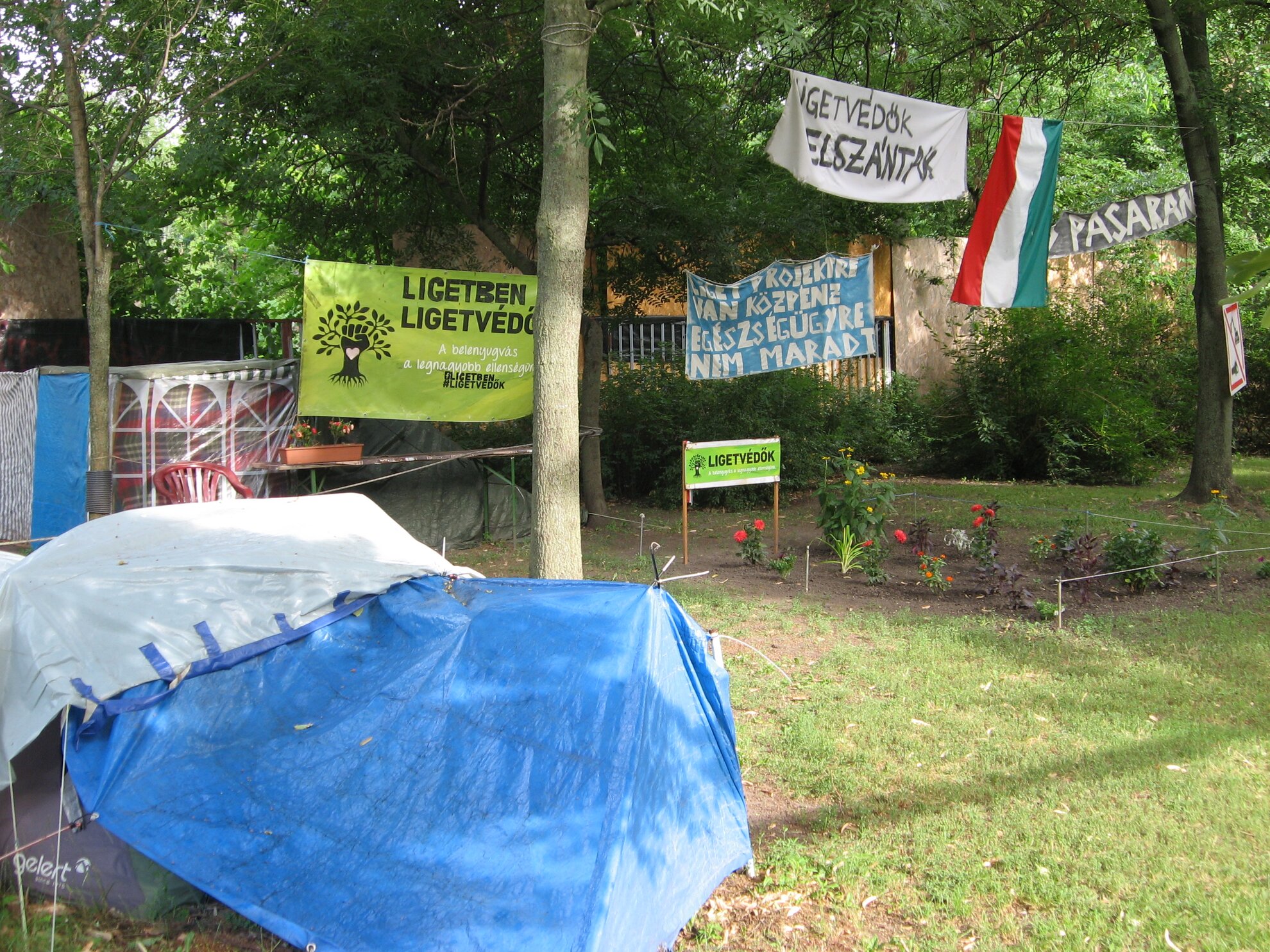
There is one other interesting sight that this summer’s City Park visitors may encounter: a pocket of active resistance against the Liget project, which has stood firm in the face of official adversity for years now. Since 2016, the dedicated demonstrators of Ligetvédők (Park Protectors) have been camping out at the site where the House of Hungarian Music is slated for construction, acting as human shields against this costly renovation venture that activists believe was introduced in an autocratic manner and which unnecessarily mandates an excessive number of trees to be cut down so that the new mega-structures can be installed.
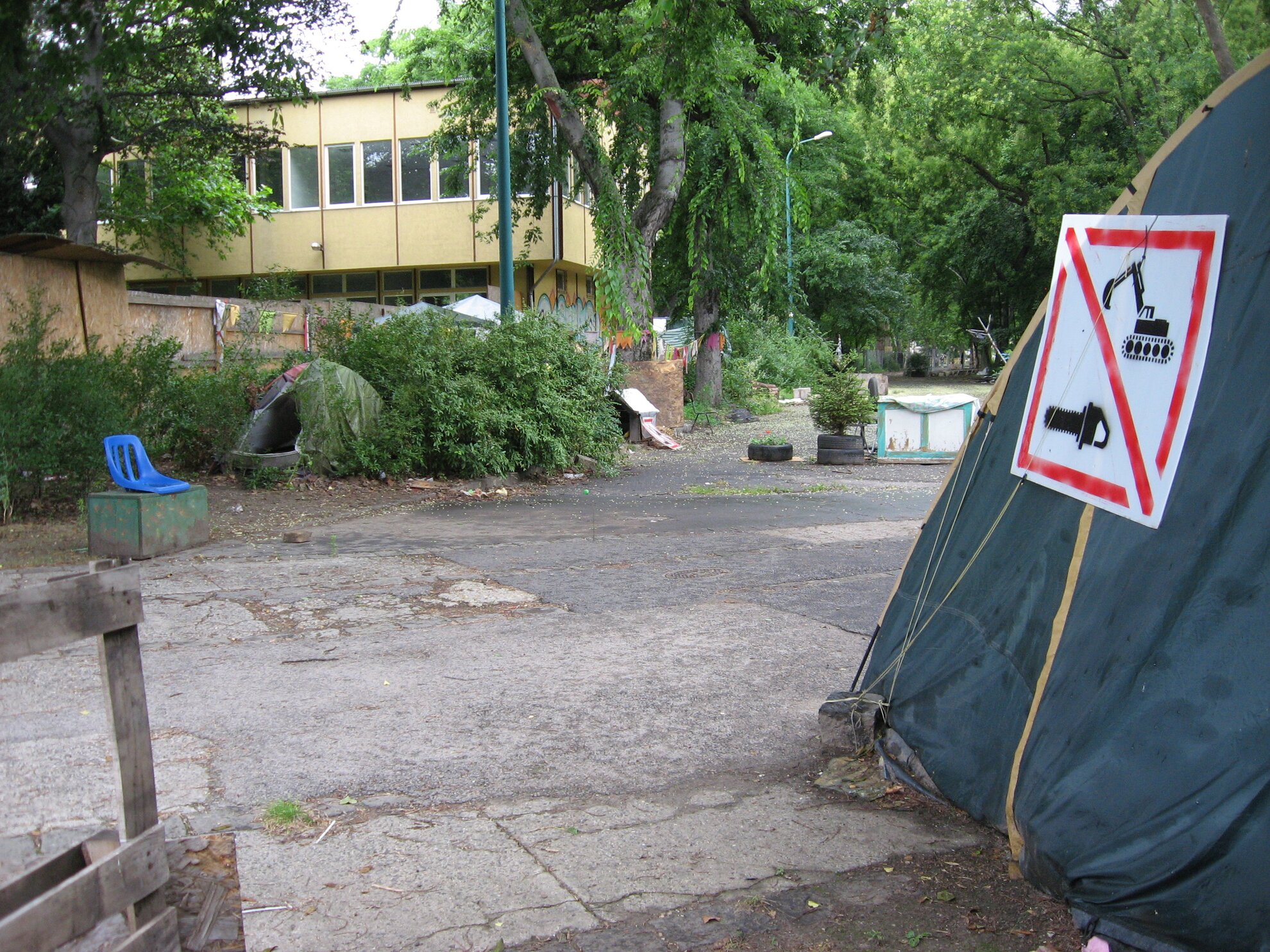
So far, government officials have refrained from forcibly removing the Ligetvédők activists from City Park, and these resilient rebels show no sign of vacating their central stronghold. Regardless of one’s opinion about the Liget project, the devotion of these die-hard Magyar protestors – who remain camped here in flimsy tents through the dead of winter – is admirable. After all, City Park has been designated as a space for everyone to enjoy personal freedom since medieval times, so this congregation of Hungarians using their right to free speech is an ideal demonstration that Városliget still truly belongs to the people of Budapest.
